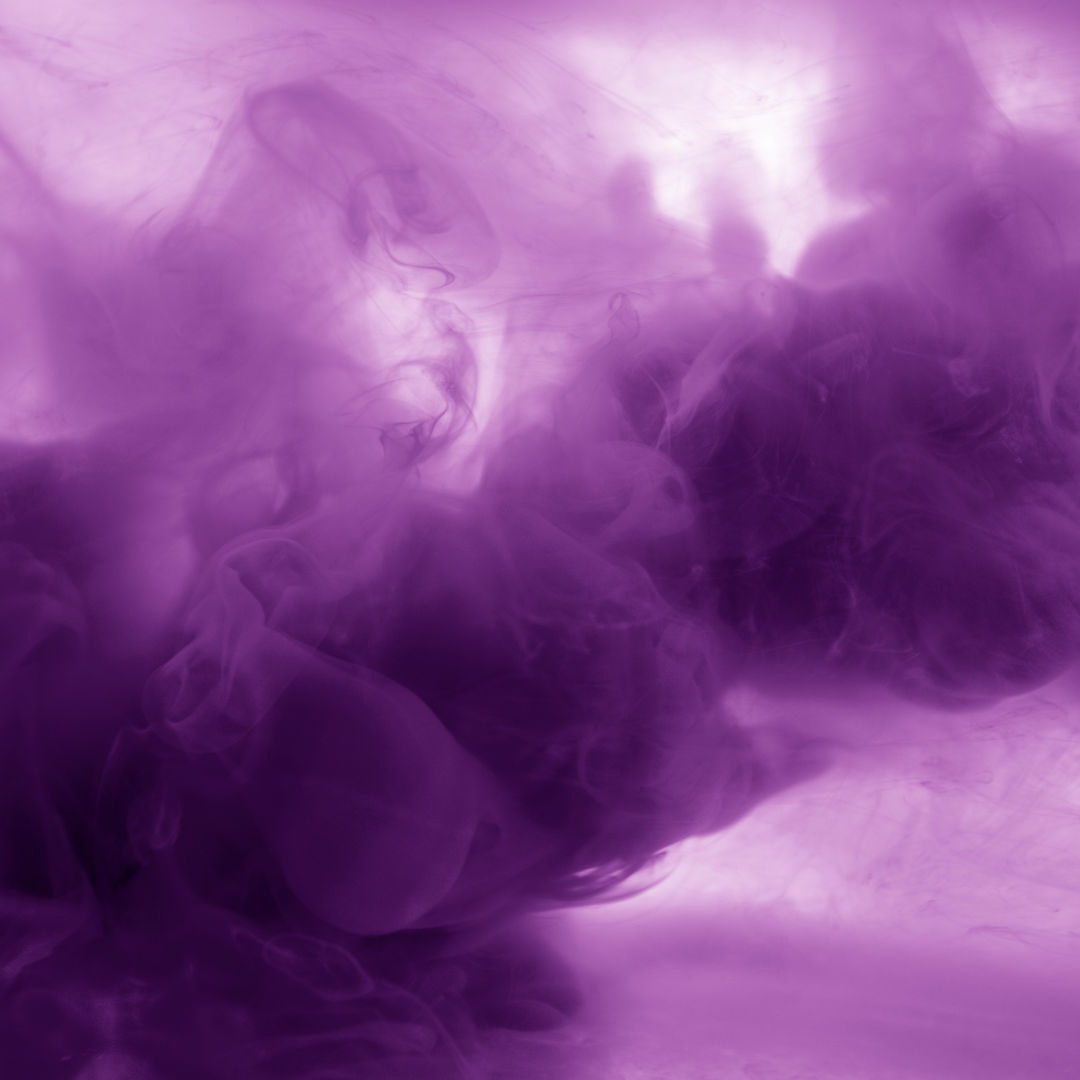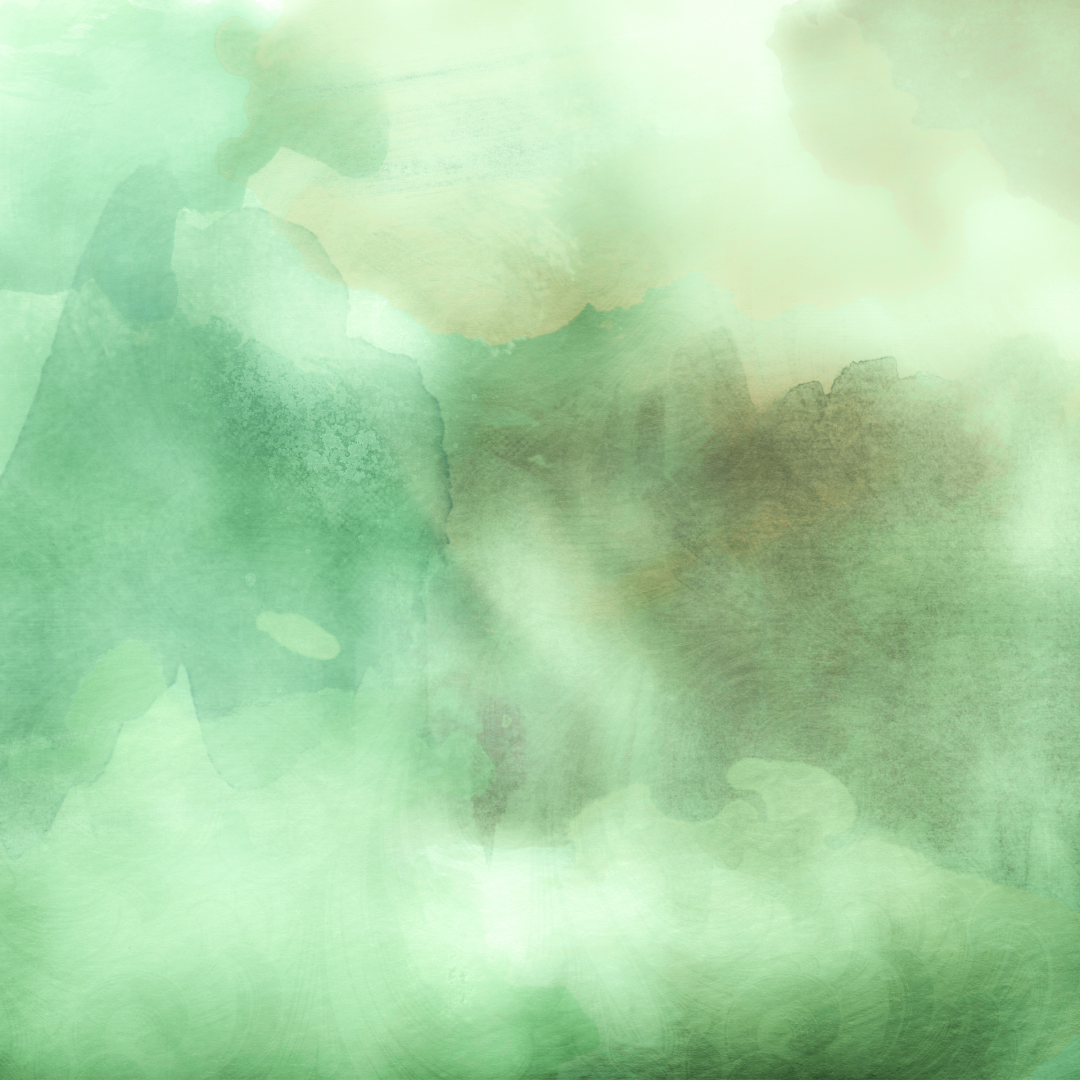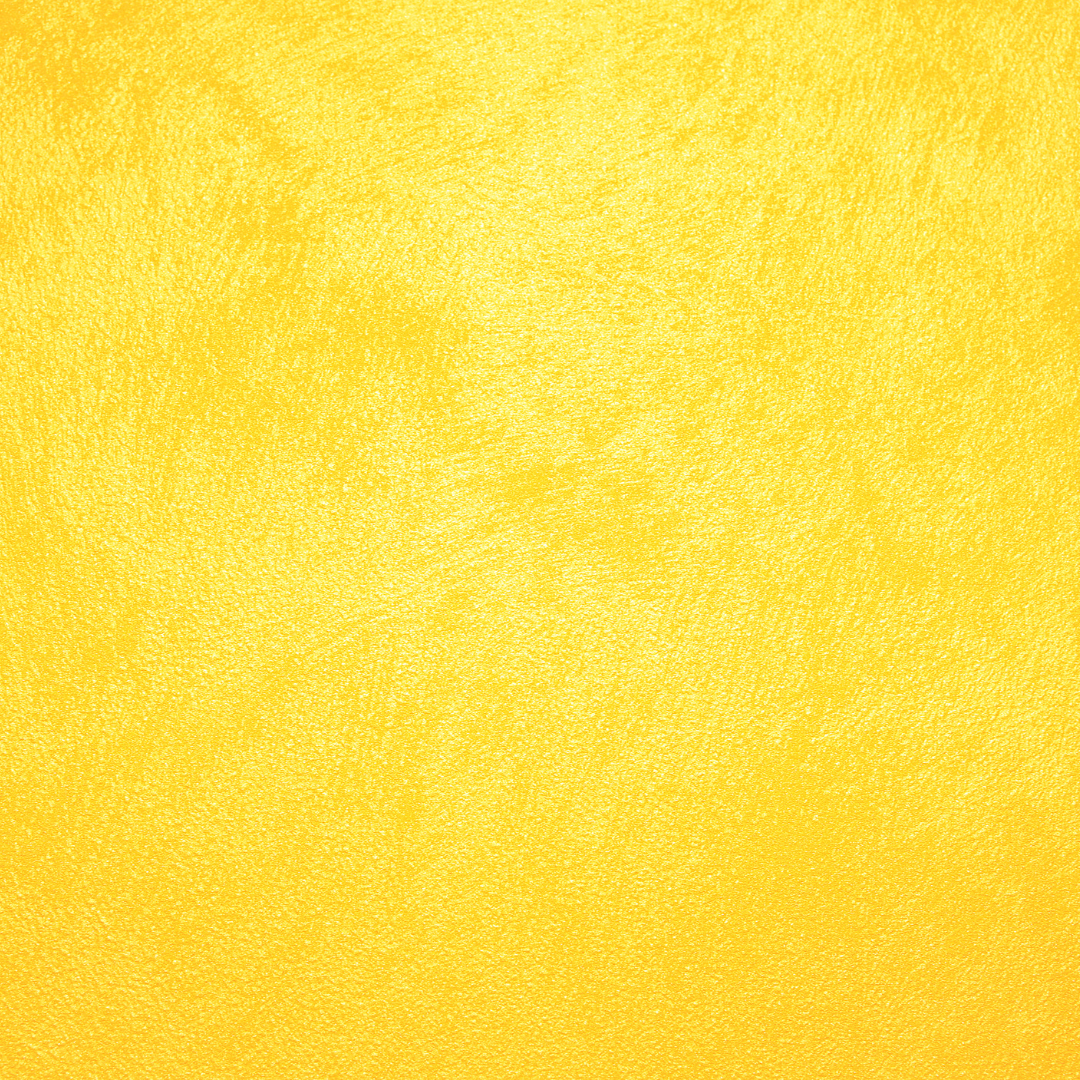Seeing Colors When You Meditate? Here Are The Magical Meanings Of Them
Meditation has become very popular over the last decade or so. Many people swear by its benefits, especially when it comes to stress management and relaxation.
Meditation involves focusing attention on a single object or idea. The practice originated thousands of years ago in India and was later brought to China and Tibet. Today, meditation is practiced around the world.
There are various types of meditation techniques, such as mindfulness, transcendental meditation, yoga, tai chi, QI gong, etc. Each type has its own unique benefits.
For example, some studies suggest that meditation helps reduce anxiety and depression. Others say it improves concentration and memory.
The practice of meditation can be done alone or with others. It can also be performed while sitting, lying down, walking, working out, driving, eating, or even sleeping.
There are many ways to meditate. Some people prefer to sit cross-legged. Others like to lie flat on their backs. Still, others like to use an eye pillow or gaze at a candle flame.
Before beginning any kind of meditation session, make sure you have everything you need.
This includes comfortable clothing, a clean room (or space) where you will perform your meditation, a quiet place to do it, and a comfortable position for your body.
If you're new to meditation, start with short sessions. You may want to try just 5 minutes first. Then gradually increase the time.
Meditation helps people calm their minds. People sometimes see colors when meditating. Some people think there are chakras inside our bodies, and each chakra is associated with a specific color.
Meditation is becoming more popular, that's a good thing, and it allows people to slow down and calm their minds. People often say they see colors when meditating.
Not everyone believes in Chakras, and that's ok! Just enjoy the beautiful colors as your mind relaxes, but if you're wondering what the colors mean, here's what you need to know.
Your body has energy centers, called Chakras. Each of these is associated with a different color, and Yogis believe that if you 'see' a particular color, it means that there is a particular Chakra.
RELATED: 115 PERFECT MOTIVATION & POWERFUL QUOTES ABOUT SELF-WORTH
Do You See Colors When You Meditate?
When we close our eyes and meditate, we typically see colors. This is because our brain is processing visual information. We see things as we think about them.
Colors are part of this process. In meditation, we focus on ourselves and our breathing. Our brains are processing information about our bodies and how we feel.
During these times, we may experience new sensations and emotions. As we learn more about our body and mind, we become familiar with these new sensations and emotions.
We eventually come to know them well enough to understand why they occur.
Colors are an important part of meditation. Some people focus on them more than others. You should be careful about getting too caught up in them.
When you meditate, you should let the colors come and go. You should remember that what happens during your meditation session is more essential than the results of your meditation session.
Other people can tell you about the benefits of meditation, but what you experience first-hand is the most significant thing.
What Do The Meditation Teachers Say?
Deepak Chopra suggests that we shouldn't be distracted by what we see during our meditation sessions.
We should focus on how we feel. Colors aren't really critical, but if we're experiencing pain, then we need to address it.
A spiritual master said when asked what enlightenment looks like, "It is nothing very spectacular. Just a very normal thing. I found this light, and then I saw many colors.
This is a sign that my concentration level went to the occipital lobes in my brain. That is why I could see these colors."
You may start to feel some strange sensations when meditating. Sometimes you see patterns of light. That's a good thing because it means you're getting closer to reaching enlightenment.
But don't focus too much on them, or they'll become distracting. Colors are signals from your brain to help you stay focused during meditation.
Don't worry about seeing colors while practicing meditation. Just concentrate on your breathing.
Deepak Chopra explains how seeing colors during meditation is a healing experience.
Each color corresponds to a different chakra, and if you see a certain color during meditation, it means that the corresponding chakra is being healed.
Green indicates the heart chakra, and blue indicates the throat chakra.
Concentration is an important part of meditation. You must concentrate on your breath if you want to achieve any real results. You should try to see patterns of moving lights while meditating.
Black
Meditation is an art form that involves sitting still and focusing your mind. It provides a sense of peace and tranquility.
Black is the color of secrecy and hiding things. It protects people from unwanted attention and criticism.

White is the opposite of black. It reveals secrets and shows weaknesses. It exposes problems and makes them visible.
White
Meditation helps you gain intuition about things and the people around you. You should meditate regularly to improve your intuition.
White is the color of energy. When we see white, we know that there is a lot of energy going on around us. We also know that this energy is very clean and pure.

White represents truth, enlightenment, and purity. White is associated with positive aspects of life such as peace, and comfort.
However, when our energy is out of alignment, we experience negative things such as discomfort, stress, and illness.
RELATED: Cross Types, Symbolic Meaning, and Cultural Significance Through History
Purple
The third eye chakra is located between the eyes and is associated with the color blue. It helps people understand the big picture and gain knowledge.
Seeing the color purple during your meditations is related to your inner imaginings and spirituality.
It is also known to be an introspective color that allows you to become more in touch with your deepest thoughts.

Violet and purples have similar meanings. But seeing purple is known to intensify more than violet.
Purple expands your awareness and connects you with your higher consciousness. It promotes harmony of mind, which promotes mental stability. This color also encourages peace of mind.
It should be used with caution when you are prone to depressive states, as it could aggravate such conditions. Too much of the color purple encourages and aggravates depressive states in people.
RELATED: 260 Pleasant Good Night Quotes To Bring Restful And Rejuvenating Sleep
Meditation allows you to be spiritually free. Your mind is clear, and you understand everything around you. You are aware of your surroundings, and you know what you're doing.
When you meditate, you may see many colors. Some people think that this means that you're sick, but you know that you're fine. You shouldn't worry about what happens when you meditate.
Purple means spirituality and compassion. Gray means acceptance and understanding. Pink means femininity and tenderness.
Blue
Blue has a connection with communication and expression. When someone speaks his or her truth, it may be difficult to hear what he or she says because it might conflict with what you believe.
Blue is an honorable color of Trust, Loyalty, and Responsibility. It exhibits inner security and confidence through its sincere, quiet nature.
This color is reliable when it comes to taking control of one's life and doing the right thing in challenging times.

Seeing the color blue during your meditation reduce stress and anxiety by creating a sense of control and order.
Above all else, the color blue seeks tranquility and peace in your life by promoting physical and mental relaxation through its responsible nature.
The color blue is a giver rather than a taker, and the success of its values relies on the quality and quantity of its relationships.
Despite the incredible qualities of seeing the color blue during your meditation - It can also become stubborn and inflexible when faced with sudden change or a new idea.
This color lives in the past and relates all present and future experiences to the past.
Light Blue
Blue is a calming color. Seeing it during meditation helps you relax and feel calm. It also encourages you to be more open-minded about new ideas and changes.
A symbol of communication and expression, blues are also associated with the throat chakra. This means that people who play this color tend to be expressive and creative.

People who wear blue often enjoy harmonizing with other people. They're also very open to new ideas and experiences. These people tend to be quite empathic, too.
Blue is known as a color that brings out the artist inside you!
Blue represents Vishuddi chakra. Red means balance. This means that there is a balance between emotions and logic. People who meditate regularly tend to be more balanced.
You should be more open about your feelings and thoughts. People may think you're shy or embarrassed. Your throat could be sore because of colds.
Be careful when meditating, as it could cause you to choke on something.
Green
Green is the color of nature and healing. It is also the color of money and success. In Buddhism, green is the color of enlightenment.
Green symbolizes the heart chakra and the positive aspects of this color include: call to nature, balance in relationship, compassion, self-acceptance, peace, unconditional love.
The negative aspects of green include jealousy, envy, victimization, and isolation.

Green is the color of the heart chakra. When your heart is open, you feel comfortable around others. Your mind is clear and calm. You're friendly, wise, and emotional.
You may find that you welcome and accept other people. You feel safe and happy when surrounded by nature. But you are having a problem with your lungs, heart, or upper back.
Yellow
Yellow is the color of the navel chakra, which helps you feel alive and confident when balanced. You can also feel powerful and confident when yellow is your dominant color.
Yellows are bright colors that stimulate the mind. They help people think and solve problems. They are cheerful and optimistic.

Yellow is related to intellect, and this influences how others see you. Too much yellow may make you anxious because of its quick movement.
As seen above, yellow is associated with intellect, logic, and creativity. It stimulates your mind and makes you more productive. Yellow is cheerful, optimistic, and uplifting.
It encourages you to be creative and innovative. It gives you energy and vitality. But too much yellow can make you nervous and anxious.
Yellow is the color of happiness and joy. It represents hope and optimism. It encourages people to think positively.
RELATED: 177 Motivating New Day Quotes To Begin Afresh With Positive Thoughts
It can help you get rid of your problems and feel better about life. You should use bright yellow when you need some cheering up.
Yellow is the color of the Manipura chakra. When we meditate, we should be aware of our own personalities and what makes us happy. We need to be confident about ourselves.
Our self-confidence is high when our Manipura chakra is healthy. We feel strong and free. We feel comfortable and relaxed.
But if there is a lack of balance in our Manipura chakra, we might feel scared, stressed out or exhausted.
Red
Red is alike to the root chakra. People who wear red often have issues with money and career. They may also be emotionally unstable or addicted to drugs and alcohol.
As mentioned above, red is the color associated with the first root chakra. This means that red represents the material world, our bodies, and our connection to the physical realm.
Red also symbolizes love, energy, passion, and strength.

It is also used as a warning sign, such as seeing someone driving a car wearing a red shirt or jacket.
This color is also used to represent danger, such as when you wear red clothing during an emergency situation. Red is also used when we feel frustrated, angry, tired, etc.
Red is an energetic color that draws your attention, but it also indicates economic, physical, and mental stability. When you see red, you know everything is fine.
But if there is an imbalance, you may be feeling insecure about money, health, or relationships.
Orange
The Sacral Chakra is located in the pelvis, and associated with the color orange. It is also known as the root chakra because it is located at the base of the spine.
This chakra is link to creativity, sexuality, emotions, intuition, and spirituality.
This symbol represents the orange as a positive energy source. It also represents the second sacral chakras, which govern the sexual part of our lives.

The orange represents creativity, confidence, success, and the ability to relate. The negative aspects of this symbol include ignorance, sluggishness, addictions, trouble committing, and being isolated.
Orange is the color of the Sacral Chakra. Creative experience is at its peak when we see orange colors. We may feel playful and energetic.
We may be optimistic about the world around us. But if we see too much orange, it can mean we are feeling sad about our sex life or lack of it.
You may be having sex too much or not enough. You might also be jealous of someone else.
RELATED: 177 Inspiring Quotes About Self-Care To Prioritize Your Well-Being
What Does It Mean To See Colors During Meditation?
Colors help in meditation to heal the body, help understand the mind, and bring about spiritual enlightenment. Meditation can be confusing when you see colors.
You might feel excited or scared, but there's nothing to worry about. Just relax and enjoy the experience.
Colors have different meanings according to your culture, age, and personal experiences. You need to know what they really mean before you interpret them during meditation.
The Symbolism Of Colors During Meditation
You have been immersed in color since birth. Ancient rites make use of colors strategically by companies selling more products.
Colors also give you basic instructions like red to stop and greens to go. You may be aware that there are seven million colors.
Colors have many meanings. Some of them are universal, but others are personal.
White means purity and peace.
Blue means calmness and serenity.
Red means passion and love.
Yellow means happiness and optimism.
Black means sorrow and sadness.
Purple means royalty and spirituality.
Pink means romance and sensuality.
Green means nature and freshness.
Orange means power and energy.
Brown means earthiness and stability.
Gray means neutrality and dullness.
Embrace The Experience With Awareness
Colors are very common during meditation. Seeing them is an indicator that you are meditating deeply. Spiritual masters say that seeing colorful swirls indicates that you are getting closer to God.
Meditation isn't about being good or bad. It's about finding peace within yourself. We all have different ways of meditating.
Some people use visualization, some use music, and others use aromatherapy. Everyone should do what works best for them.
Final Thoughts
It's important to learn how to control your emotions. If you don't, you will get hurt. When you meditate, you'll find out what triggers your emotions. Then you can work on controlling them.
When you meditate, try to focus on one thing at a time. Don't multitask. Focus only on one aspect of your practice.
For example, if you want to concentrate on breathing, then breathe. If you want to focus on your thoughts, then let them flow through you. This will make you more focused.
If you notice that you are becoming distracted, take note of where your attention goes. Do this every day until you become better able to control your thoughts.

